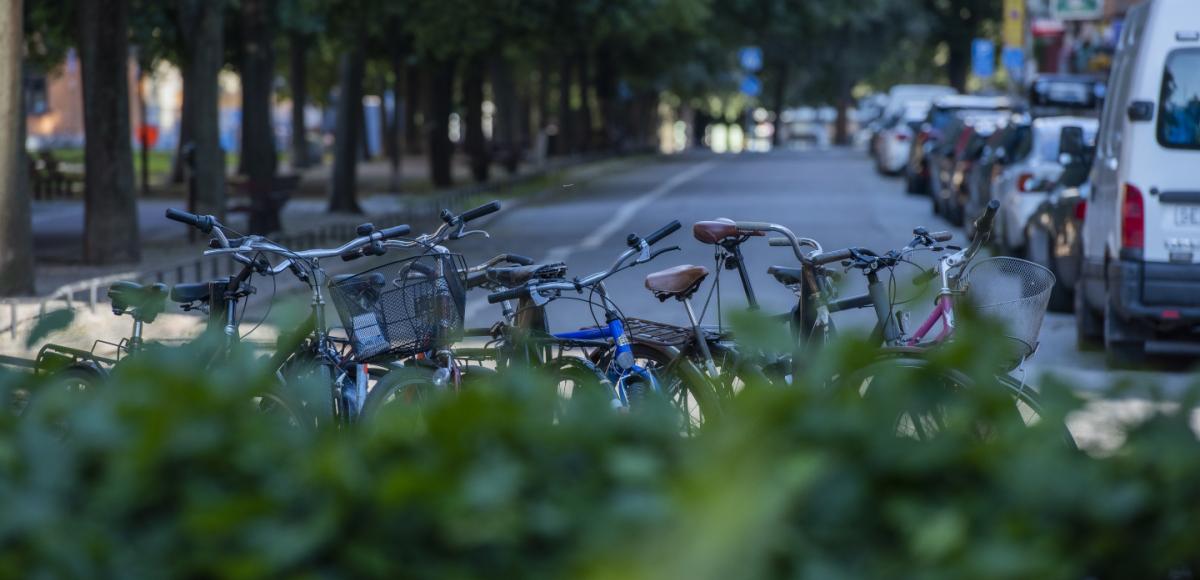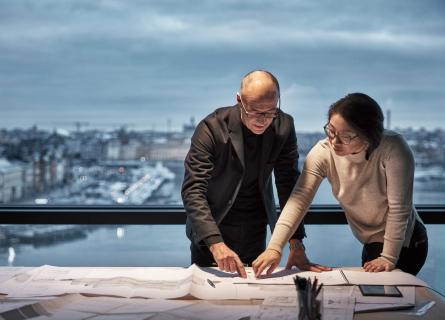
Designing circular business models for a sustainable future
Future Cities Insight #10 Designing circular business models for a sustainable future
Today, our lifestyle is dependent on the consumption of raw materials in a linear structure: take, make, use, discard. We are using the planet’s resources as if they were endless, as if there were no tomorrow, and as if the world population had not already reached 7.6 billion people and will reach 8 billion by 2024. This urgently calls for innovative business solutions that support an environmentally sustainable economic development.
As consultants, we have good news: change is coming. Lately, new innovations, business models and supporting governmental policies for a circular economy, are being presented almost daily. Industries and policymakers in Sweden, Europe, and worldwide are mobilising to meet the need for efficient resource management. The changes are swift and there is no time to hesitate.
Many believe that circular economy is the solution, but often mistakenly believe that it is synonymous with the recycling of materials. However, there is a great deal more to circular economy, and it rarely involves standard recycling - downcycling. Circular solutions aim to extend the technical life or use of a product or a material, by new product design concepts and business models.
This is, of course, easier said than done. In reality it will sometimes be necessary to downcycle waste. However, by adopting a circular approach and regarding recycling as the last option, we take larger leaps towards the vision of a circular economy, where products and materials circulate and keep their highest possible value and usefulness, and downcycling is kept to a minimum.
So, as a business, where do you start your transformation? Unfortunately there are no quick fixes. You will have to start with the core business.
Step one is to design your products to have a long life, and the capacity to be updated. Adopt concepts such as modularity, design for reuse, design for refurbishment and design for remanufacturing.
Step two is to take control of your material streams. Think of the materials in your products as your organisation’s nutrition, use it and decouple the economic growth from the use of virgin materials. Find a business model that gets your organization involved, offers products as a service, keeps ownership of the products, and still meets the needs and preferences of your clients.
As an individual, keep recycling - but try to keep it to a minimum. Reduce your ownership stock and look for producers that offers a service instead of a product. Explore the possibilities of repairing, upgrading or recirculating products. Try services such as Sellpy, Sunfleet and Hygglo. Could the reusability of a certain object be of higher value than the original object?
No business and no individual can “go circular” in isolation. What is necessary is cooperation between stakeholders from civil society, the research community and various disciplines, businesses and industries. Also, there is a need for people with many different competences to join forces. Within AFRY we have a range of competences, and by working with companies requiring support in their transformation towards circular economy, we are brought together in finding solutions. We improve our offers and challenge ourselves with new thinking every day, forging new collaborations in our endeavour to offer sustainable solutions.
Jenny Åström, Amanda Forsman and Carolina Togård
Team Leaders, Sustainability



